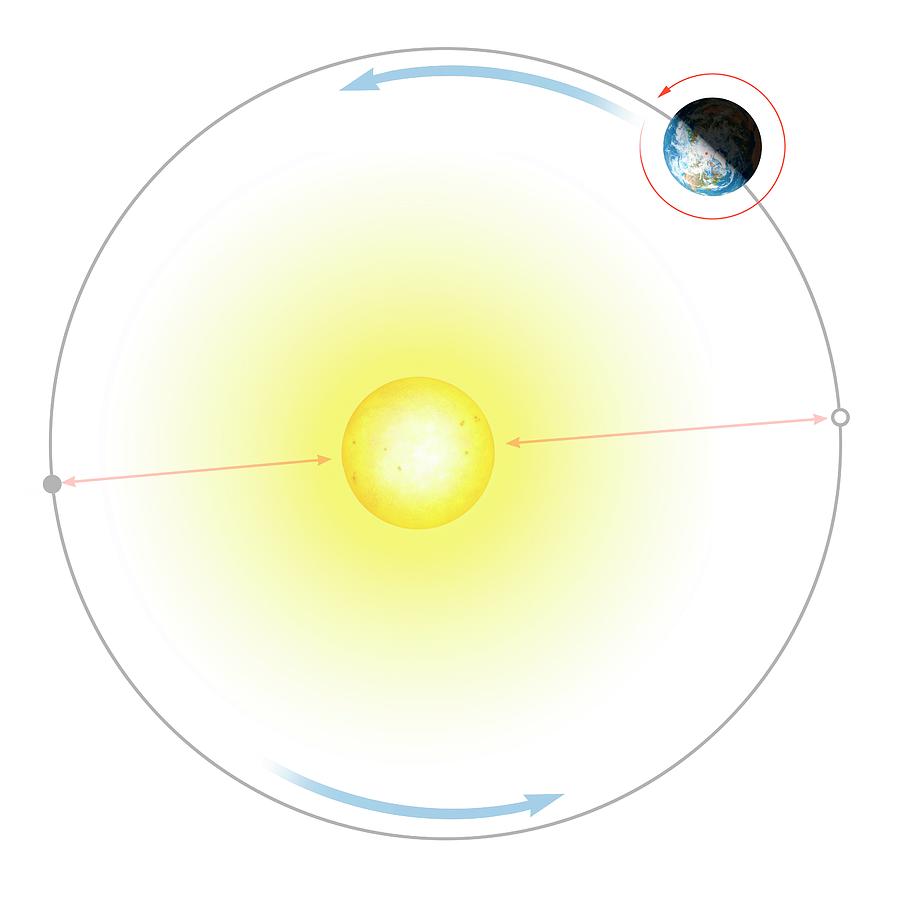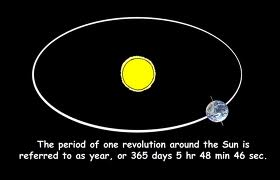


If she looks at something more distant, like a mountain on the horizon, it moves a little slower because it's farther away than the buildings, but it still moves relative to her position.īy studying other stars' movements relative to the sun, scientists have determined that the solar system orbits the Milky Way's galactic center at about 447,000 mph (720,000 km/h). To bring this concept back down to Earth, "If I start walking, I can tell that I'm moving because the buildings I pass by seem to be moving," from in front to behind me, Mack said. If stars very far away seem to be moving, that's because the solar system is moving compared with the relative position of those far away stars. Scientists know that the Milky Way is orbiting a galactic center based on observations of other stars, said Katie Mack, a theoretical astrophysicist at North Carolina State University. The solar system, which includes our sun and all of the objects that orbit it, is also moving it's located within the Milky Way, which orbits around the galaxy's center.

Once the circumference (the distance Earth travels around the sun in one orbit) is calculated, its orbital speed can be determined. To get the circumference of that circle, the equation is 2*pi*radius, or 2*3.14*93 million miles. That distance between the sun and Earth is the radius of the circle. We know that the Earth is, on average, about 93 million miles (149.6 million km) away from the sun, and we know that it travels in a generally circular path (it's actually more elliptical, but it's simpler to do this equation with a circle). This is consistent with the warming being caused by a buildup of heat-trapping gases near Earth's surface, and not by the Sun getting “hotter.Ask an Astronomer explains the math: To calculate Earth's distance around the sun, all scientists need to do is to determine the circumference of a circle.

But what we actually see is warming at the surface and cooling in the stratosphere. Since 1978, scientists have been tracking this using sensors on satellites, which tell us that there has been no upward trend in the amount of solar energy reaching our planet.Ī second smoking gun is that if the Sun were responsible for global warming, we would expect to see warming throughout all layers of the atmosphere, from the surface to the upper atmosphere (stratosphere). One of the “smoking guns” that tells us the Sun is not causing global warming comes from looking at the amount of solar energy that hits the top of the atmosphere. But the warming we’ve seen in recent decades is too rapid to be linked to changes in Earth’s orbit and too large to be caused by solar activity. We know subtle changes in Earth’s orbit around the Sun are responsible for the comings and goings of the ice ages. The Sun is a giver of life it helps keep the planet warm enough for us to survive. The Sun can influence Earth’s climate, but it isn’t responsible for the warming trend we’ve seen over recent decades. It is therefore extremely unlikely that the Sun has caused the observed global temperature warming trend over the past half-century. Over the same period, global temperature has risen markedly. The amount of solar energy Earth receives has followed the Sun’s natural 11-year cycle of small ups and downs with no net increase since the 1950s. Eleven-year averages are used to reduce the year-to-year natural noise in the data, making the underlying trends more obvious. The lighter/thinner lines show the yearly levels while the heavier/thicker lines show the 11-year average trends. The above graph compares global surface temperature changes (red line) and the Sun's energy received by Earth (yellow line) in watts (units of energy) per square meter since 1880.


 0 kommentar(er)
0 kommentar(er)
